Homeward Bound
OFFSHORE NEW HARBOR CAMP, ANTARCTICA– November 24th, 2008: my final day at the Offshore New Harbor Camp. After completing nearly 48 kilometers of seismic data collection and setting a new standard for how this type of study should be performed on sea ice, the scientific objectives of our expedition were met and exceeded. It was time to celebrate with a helicopter ride into the Dry Valleys.
The excitement built when a distant dull hum steadily became a louder roar as the helicopter approached and finally landed at our camp. Eight of us strapped ourselves in for a most memorable ride.
I had only been in a helicopter once before and I couldn’t wait to see the view unfold before my eyes. We were going to be flying over New Harbor, a sight we had seen from afar every day since we had arrived at our field camp. But this time, it would be different. Once over New Harbor, we would fly through the Ferrar Valley, over the Ferrar Glacier and eventually to the Friis Hills field camp to visit with Dr. Allan Ashworth and Dr. Adam Lewis who were looking at 20 million-year-old glacial lake sediments for fossilized plant leaves to better understand Antarctica’s role during that relatively warmer time period of Earth history.
Shortly after take-off we were already getting a much closer view of New Harbor and the Ferrar Glacier as we quickly approached Ferrar Valley. As we sped past glaciers seemingly falling off the sides of mountain tops, the vastness of the Transantarctic Mountains opened up. We were in the Dry Valleys.
The mountains were huge and banded with different colors, each color a different rock type. As we soared higher and flew deeper into the mountains, the enormity of Antarctica showed itself.
The largest continental mass of ice on Earth, the East Antarctic Ice Sheet, could now be seen. We were only seeing a very small portion of it, but it extended as far as the eye could see beyond the mountain tops. This is the source of the ice producing the glaciers that we could see all around us.
The helicopter landed at the Friis Hills field camp, and the first thing I noticed was how the Dry Valleys got its name. It was dusty and gritty, very different than what I was used to out on the sea ice. The rotor blades of the helicopter blew sand and gravel into the air. Sand and stone were everywhere. But it hasn’t always been that way. We were meeting Dr. Ashworth and Dr. Lewis. They had agreed to take us on a tour of their research site and explain to us what they were studying.
Dr. Ashworth and Dr. Lewis explained to us that in the past glaciers cut through the surrounding hill tops, and that 20 million years ago it was a relatively warmer time in Earth’s history. And because it was warmer, some of the ice from the glaciers melted to form lakes. By studying how these glacial lakes formed and what kinds of vegetation were in these hills of the Dry Valleys, Dr. Ashworth and Dr. Lewis hope to better understand how Antarctica responded to this warmth.
The most exciting part of their tour was to see the 20 million-year-old leaf fossil impressions that they had dug up at their research site. The leaves themselves are gone, but what is left is the impression that these leaves made in the lake-bottom mud. The leaves of bushes bordering this lake were blown into the water when they fell off the branches. They then sank into the mud on the bottom of the lake. Shortly afterward more mud accumulated on top of the leaves. The leaf material then disintegrated but a mark was fossilized in the rock where the leaves once laid.
We made our way back to our camp. This was the last time that the entire team would be together out on the sea ice. Andrea, Shakira, Joanna, and I were flying back to McMurdo Station on the helicopter that had taken us around during the day. We had a few minutes to gather our belongings, load up the helicopter, and have a group photo taken, by the helo pilot no less (thanks Paul!).
I had mixed emotions as the helicopter took off. I could see how tiny our existence on the ice was as camp soon became a little speck on the horizon behind us. The only way to notice it as we got further and further away was by following all of our tracks on the ice surface that we had traveled to get out to the transect lines where we were collecting data. All paths lead back to camp. We were 17 people in the vastness of Antarctica. 17 people working together to accomplish a common goal. We were successful against early setbacks and I was proud of what we had done as a team. The data that we collected will be used to identify a drilling location to obtain sediments to study our past climate in order to better understand our future changing world. And I was a part of it all. I felt extremely lucky to have been selected to join the Offshore New Harbor Expedition and very honored to have shared that place with every other member of the team.
This new path with no track in the snow was not going to take me back to camp. I was beginning the long journey home. Back to McMurdo Station, fly to New Zealand, and then make my way back to New York. I am going to miss the Offshore New Harbor Team and the many good friends I’ve made at McMurdo. But thoughts of family and friends I haven’t seen in many months flooded my mind. I have missed them immensely. I am ready to leave. I am ready to return home. My work here is done, for now.


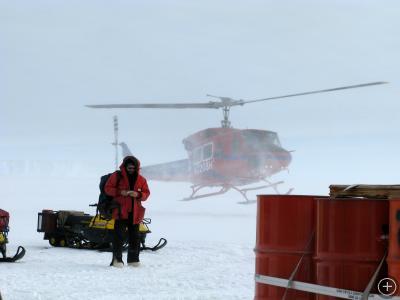
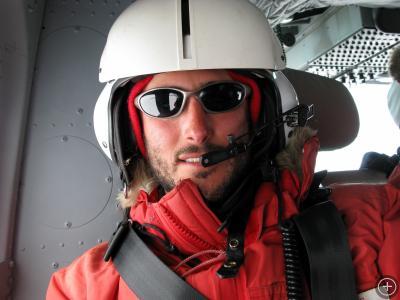
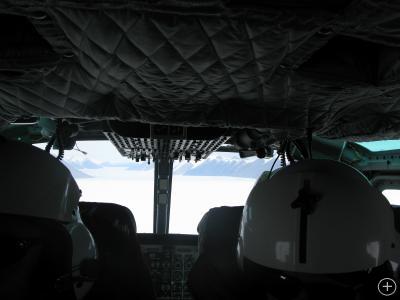
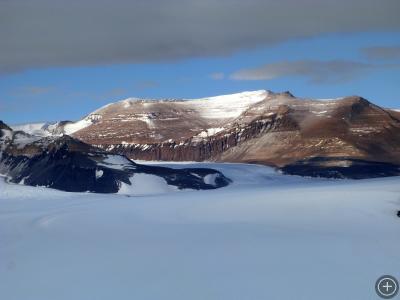
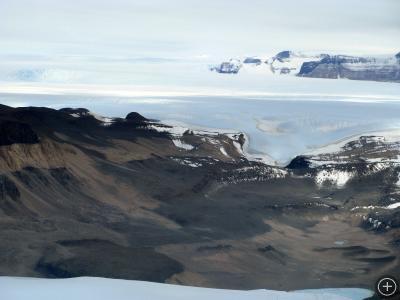

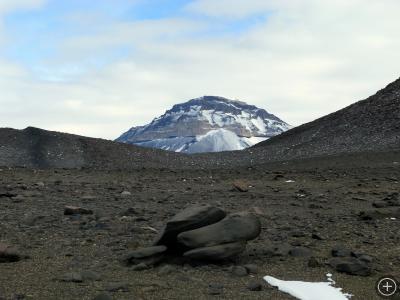
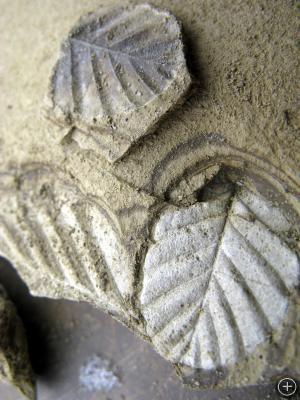
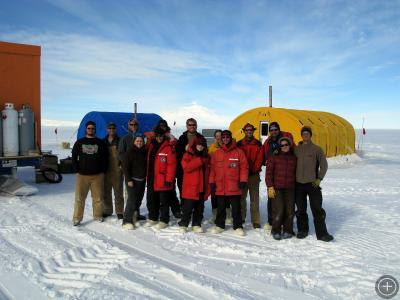
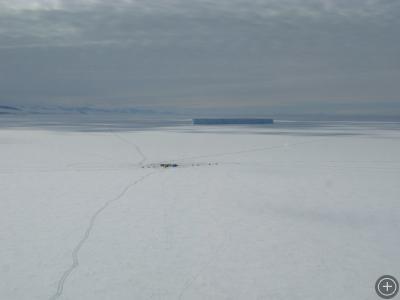
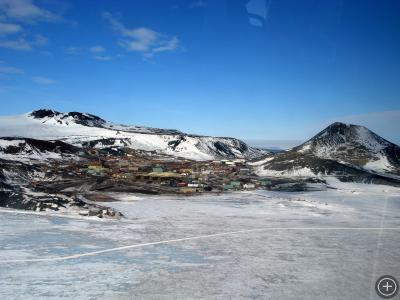

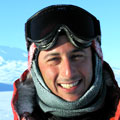







Howie,
I am glad your expedition went well & that you made it home safely. I have enjoyed the pictures and narratives you have posted. It is December 12 and we are still waiting for Brian’s return as he and David
are touring New Zealand. Just wanted to drop you a line to wish you and yours a happy holiday season.
Merry Christmas,
Patty Williams
Howie,
Good luck on what you’re doing. Great pictures..
Thanks for the blog,
Maria